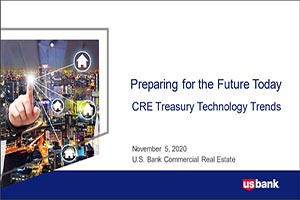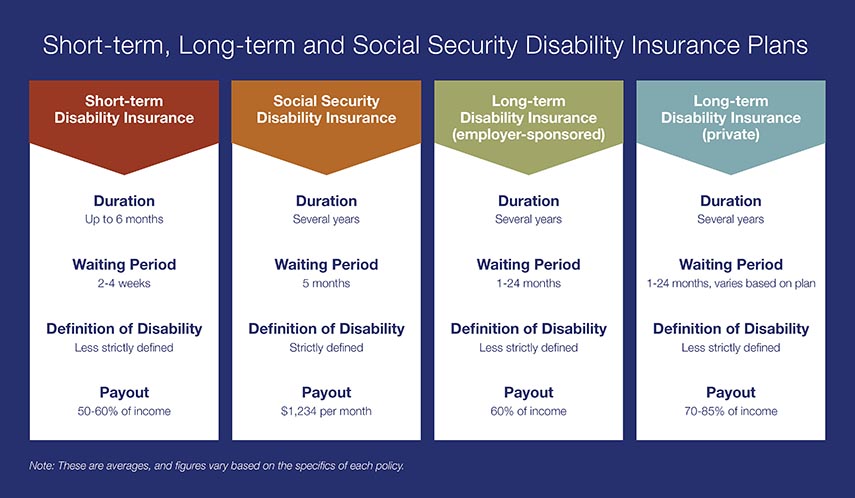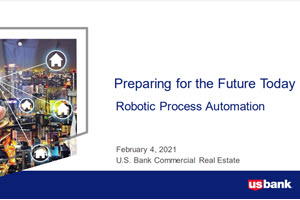Today, healthcare organizations are complex enterprises that rely on a variety of software applications to collect, organize and process information. While these technologies offer many advantages that make managing a clinic or hospital easier, problems and inefficiencies can arise if they work in isolation.
For a smooth flow of information, integration across all your systems is key. This allows your various digital programs for medical records, billing and payments to automatically share data effectively.
When it comes to integrating payments, you need to implement a secure solution that protects patient data while seamlessly connecting with your other technology platforms. Here are just some of the benefits of integrated payments in the healthcare space:
1. Communicate seamlessly with your technology stack
Effortless communication between all technology platforms is a top priority for most healthcare organizations that are working hard to follow industry best practices. In fact, a recent Deloitte Insights article argues that “consumer-centric care and interoperability are the keys to success” in the future of healthcare.
More than a crucial goal for providers, interoperability has become a compliance issue. The Centers for Medicare & Medicaid Services recently implemented a rule that requires organizations to share healthcare information with patients electronically via application programming interface (API) technology. The aim of this regulation is to provide patients with improved, instant access to their information on their smartphone, tablet or computer, as well as reduce the burden on payers and providers.
By integrating your payment solution with your business and clinical systems, you’ll not only ensure adherence to new compliance requirements, but you’ll also reap advantages of seamless communication with your technology stack. When payments are connected to appointment booking and electronic health records (EHR) systems, staff will spend less time reconciling various platforms and entering information manually. This frees them to focus on tasks that directly improve the patient experience.
2. Improve patient services and support
Integrated payments allow healthcare staff to access patient and payment data all in one convenient place. This facilitates more effective engagement between staff and patients, especially since an integrated payment solution can provide suggested scripts and prompts for staff.
With simple access to combined payment and patient data, providers can easily provide clear and consistent information that addresses common patient queries, including options for paying for care at the time of service, recurring payments to help manage high medical costs and prompt-pay discounts. Providers can also securely keep the patient’s card on file for future or remote payments, as well as schedule payments for recurring appointments like physical therapy or dialysis.
Many of these payment services are already of interest to patients, especially those who struggle with affordability. In our 2021 survey of U.S. healthcare consumers, we found that most patients appreciate options for managing their financial responsibility. According to our research, 46% are extremely likely to take advantage of a lump-sum bill discount, while 59% of consumers are very to extremely likely to choose recurring bill payments.
By streamlining communication around these services and payment options, patients can spend less time worrying about how they will pay for a visit and more time asking questions related to care and treatment. This can lead to increased patient satisfaction and better health outcomes.











































































